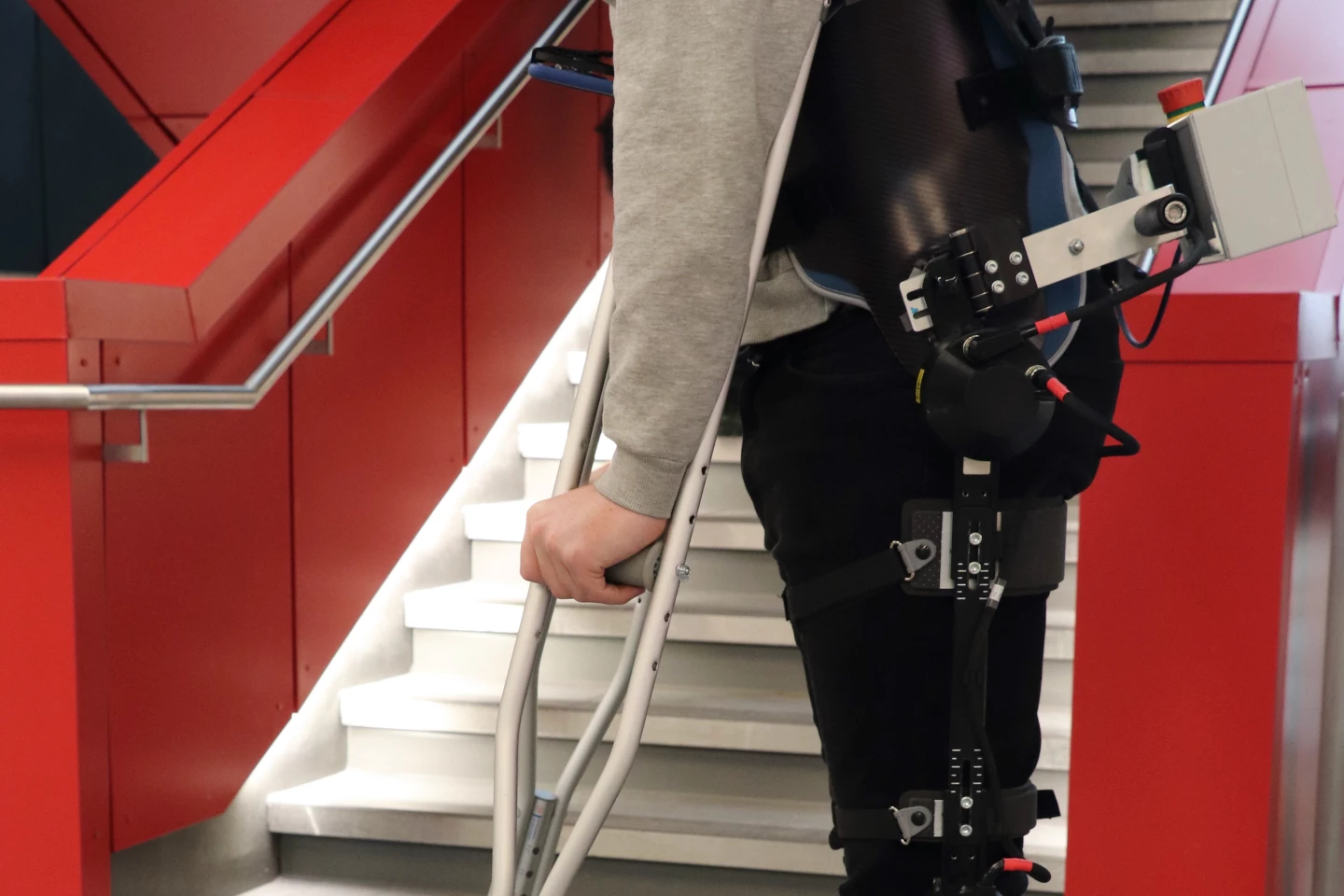Robotic exoskeletons are already making a huge difference to people who are otherwise unable to walk, but the things do still have some limitations. Researchers are now seeking to address those problems, using onboard cameras and AI.
Although motorized exoskeletons automatically help move the wearer's legs as they walk along level ground, most have to be manually switched over to different modes for more complicated tasks, such as stepping over or around obstacles.
"That can be inconvenient and cognitively demanding," says Brokoslaw Laschowski, an engineering PhD candidate who is also head of the ExoNet project at Canada's University of Waterloo. "Every time you want to perform a new locomotor activity, you have to stop, take out your smartphone and select the desired mode."
With that frustrating scenario in mind, Laschowski and colleagues started by fitting exoskeleton users with wearable video cameras. Artificial intelligence-based software – which is currently in the process of being optimized – analyzes the output of those cameras in real time, identifying obstacles such as stairs that have to be climbed.

Once this phase of the project has been completed, the next step will involve getting the software to activate the exoskeleton, so that it moves the user accordingly without their having to tell it to do so.
"Our control approach wouldn’t necessarily require human thought," says Laschowski. "Similar to autonomous cars that drive themselves, we’re designing autonomous exoskeletons that walk for themselves."
A paper on the research can be accessed online.
Source: University of Waterloo





